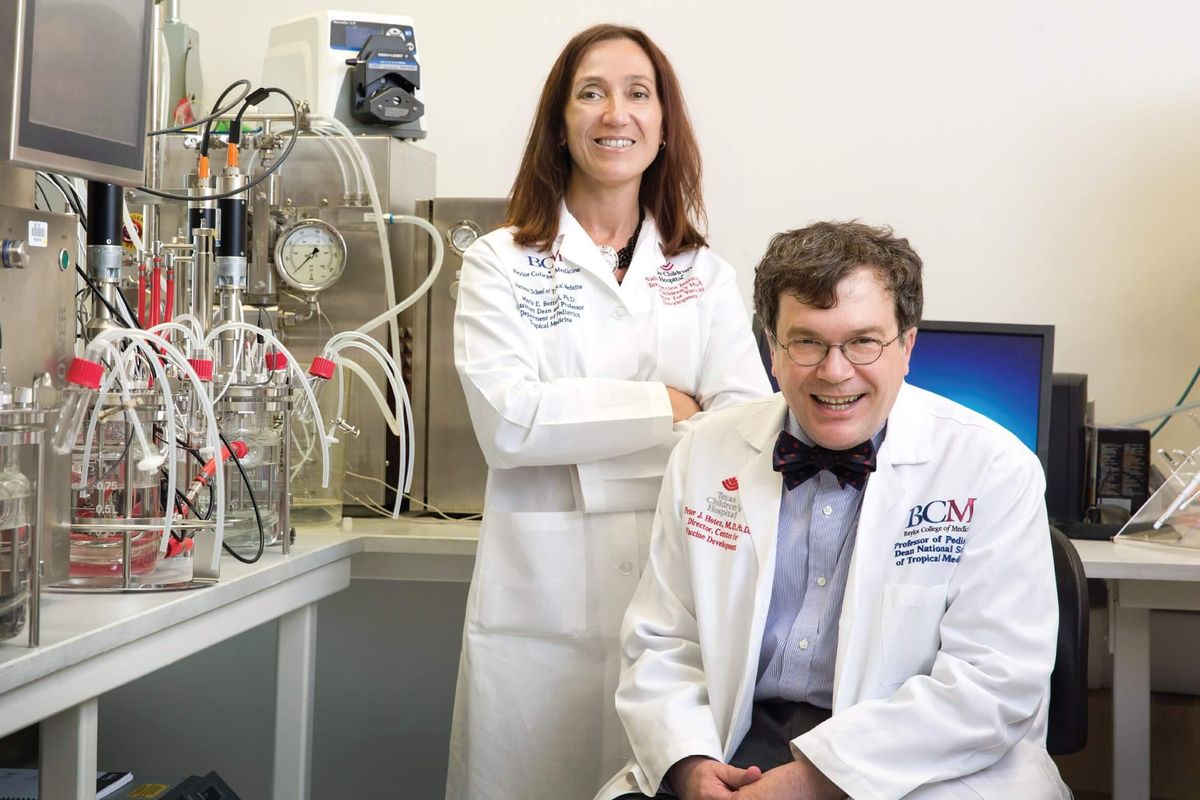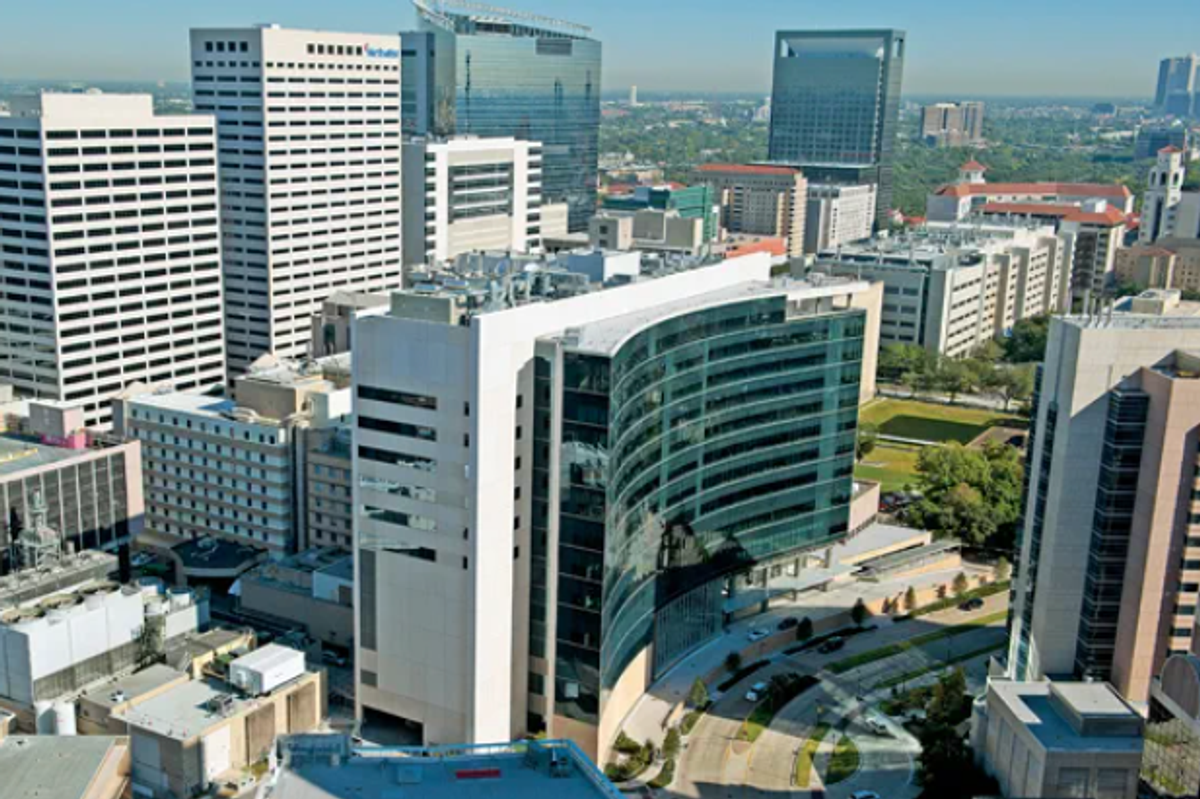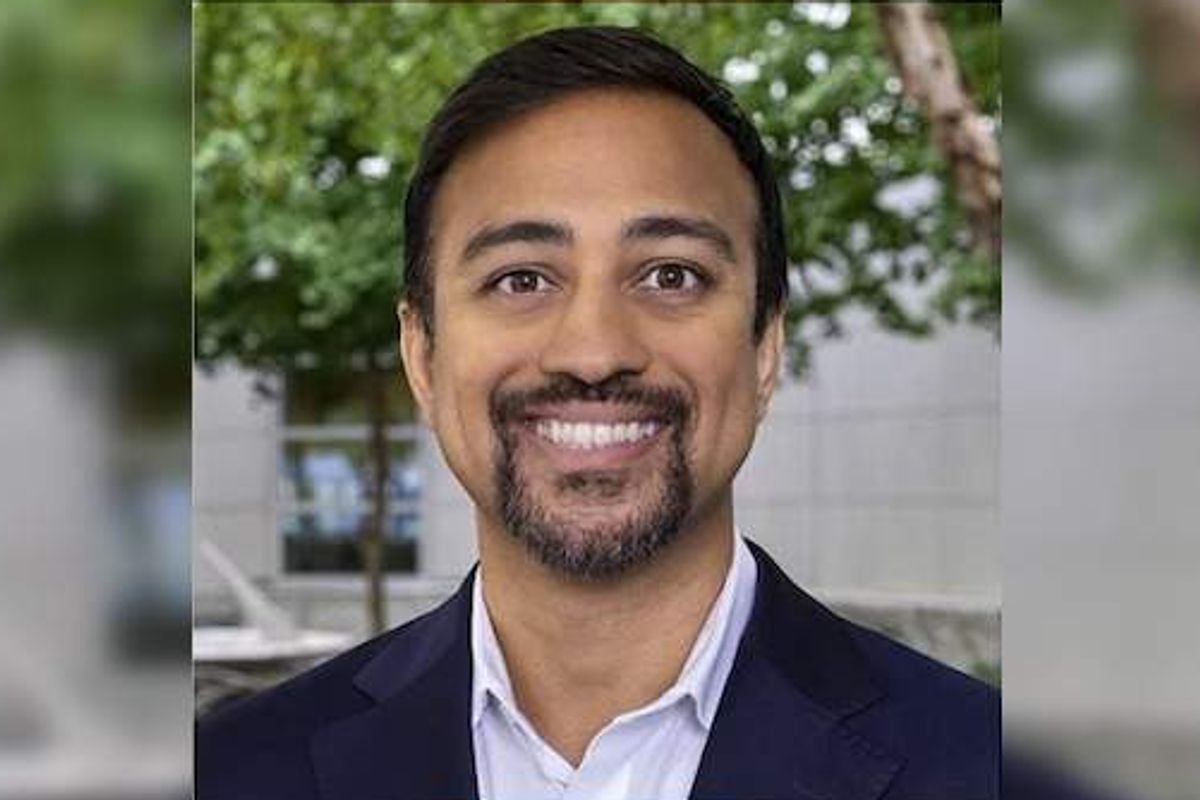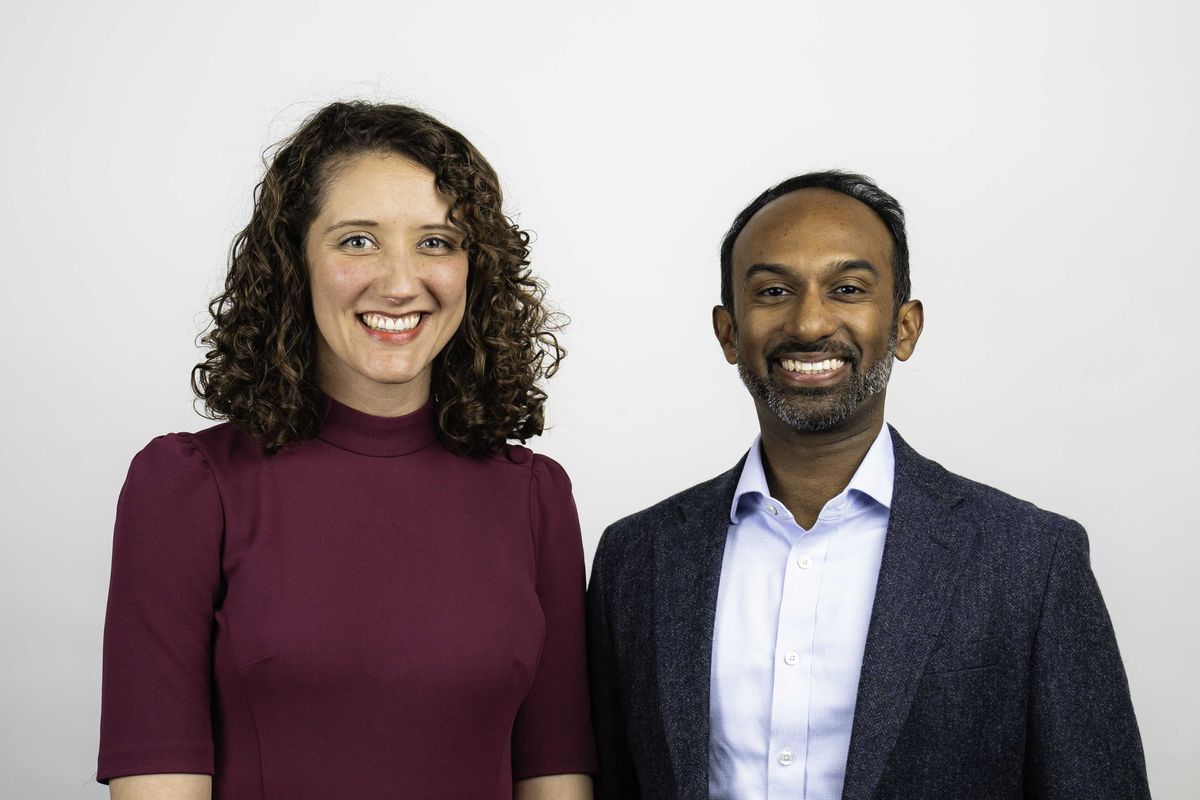They say it’s all in the timing. For CellChorus, it’s all in the TIMING. That’s Time-lapse Imaging Microscopy In Nanowell Grids. TIMING is a visual AI program that evaluates cell activation, killing and movement, which allows scientists to better understand how cells function.
The technology is important to the development of novel therapies in the realms of oncology, infectious diseases, and countless other disorders and diseases. By allowing scientists to observe those maladies at their roots, it will enable them to create, and ultimately deliver new medications and other therapies faster, at lower cost, and with a higher success rate.
CellChorus is a spinoff of the Single Cell Lab at the University of Houston. Part of UH’s Technology Bridge, CEO Daniel Meyer connected with co-founder and leader of Single Cell Lab, Navin Varadarajan, through co-founder Laurence Cooper.
“The company had been established, but there were limited operations,” recalls Meyer during a phone call with InnovationMap.
That was the fall of 2020. Now, the team has just announced a $2.3 million SBIR (Small Business Innovation Research) Fast-Track grant from the National Institute of General Medical Sciences.
“This funding will support development of a product offering that builds on the success of our early access laboratory,” Cooper said in a press release. “As the next frontier of cellular analysis, dynamic single-cell analysis will increase the impact that immunotherapies have in improving the lives of patients.”
Meyer is based in the Bay Area, but the rest of the team is in Houston. Meyer has a proven track record as an investor and early stage entrepreneur in life sciences companies, including work as COO of Genospace, which was acquired by HCA Healthcare.
Meyer says that what attracted him to CellChorus was a combination of a clear need for the technology and the fact that it was “very well validated.“
“Developers of immunotherapies need better functional data earlier so that they can develop and deliver better therapies,” he explains.
Another aspect of its appeal was the fact that more than 10 publications featured data from the TIMING platform.
“We’ve had both large and small biopharmas publish data,” says Meyer. “That’s important as well because it shows there’s applicability in both nonprofit and for-profit research.”
Though Meyer himself doesn’t currently live in Houston, he recognizes its importance to CellChorus. He says that it can be difficult for an early stage company to find appropriate lab space, so Technology Bridge was of exceptional importance for CellChorus. Since opening the lab a year and a half ago, Varadarajan and his team have been busy.
“Example projects we have completed include understanding mechanism of action for cell therapy products, selecting lead candidates for T cell engagers, identifying biomarkers of response to cell therapies, and quantifying potency and viability for cell therapy manufacturing technologies,” says Meyer.
And now, CellChorus is collaborating with leaders in the industry.
“These include top-25 biopharmaceutical companies and promising venture-backed biotechnology companies, as well as leading not-for-profit research institutions,” says Meyer in a press release. It’s clear that the TIMING is right for CellChorus to excel.




















